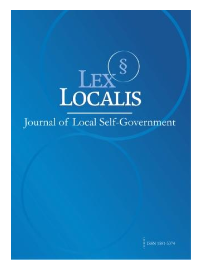MATHEMATICAL MODELING AND GAIT DYNAMICS OPTIMIZATION FOR TRANSFEMORAL PROSTHETIC KNEE SYSTEMS
DOI:
https://doi.org/10.52152/801328Keywords:
Transfemoral amputees face substantial challenges in reestablishing efficient, symmetrical, and flexible walking patterns using prosthetic devices.Abstract
Transfemoral amputees face substantial challenges in reestablishing efficient, symmetrical, and flexible walking patterns using prosthetic devices. Traditional prostheses often lack biomechanical realism, terrain adaptation, and psychophysical alignment. This paper presents an integrated, mathematically grounded paradigm for prosthetic knee optimization that incorporates video-based gait collection with animated GIFs, biomechanical modelling, machine learning, and psychometric analysis. A new Fourier Asymmetry Metric (FAM) is proposed to quantify left-right stride imbalance, and reinforcement learning-based control adjusts prosthetic response in real time.
Empirical validation with 334 participants shows a considerable improvement (R² = 0.71) in predicting user happiness compared to established biomechanical parameters. This research combines sensor less gait analytics with adaptive modelling to provide scalable, individualized prosthesis design and control.
Downloads
Published
Issue
Section
License
Copyright (c) 2025 Lex localis - Journal of Local Self-Government

This work is licensed under a Creative Commons Attribution-NonCommercial-NoDerivatives 4.0 International License.








